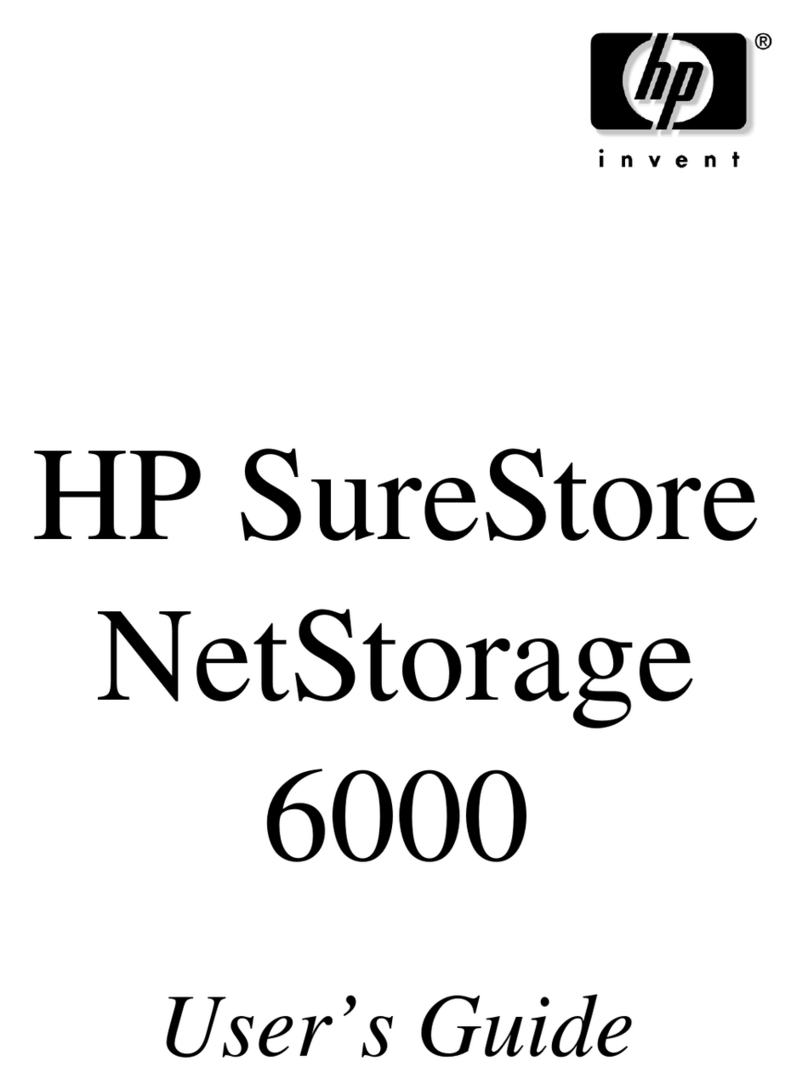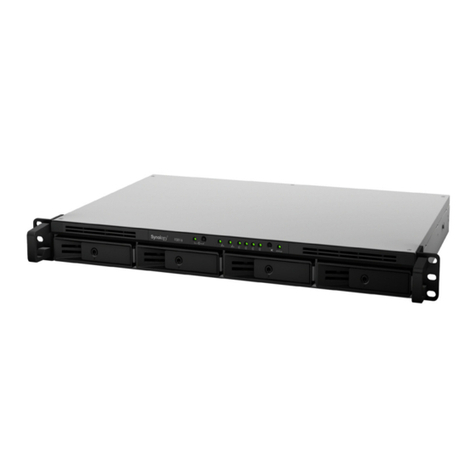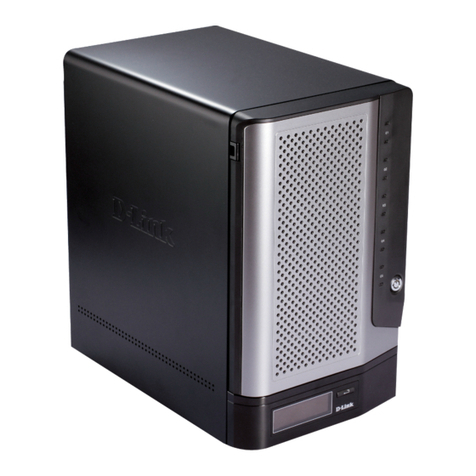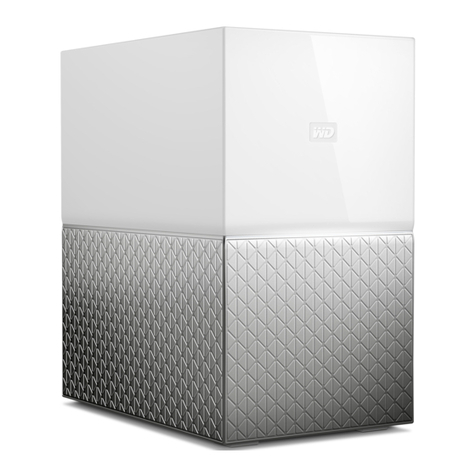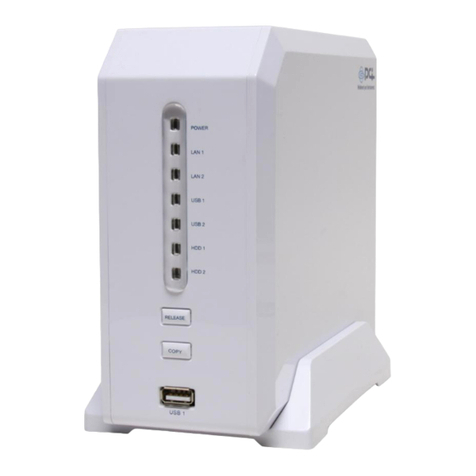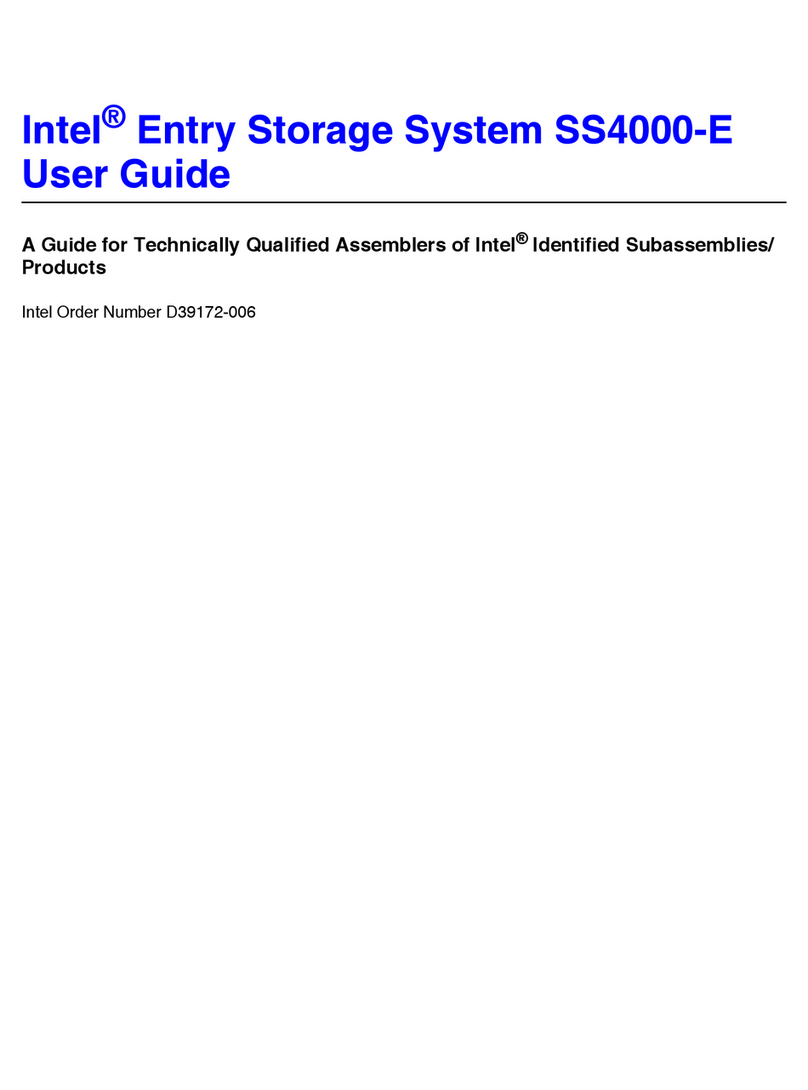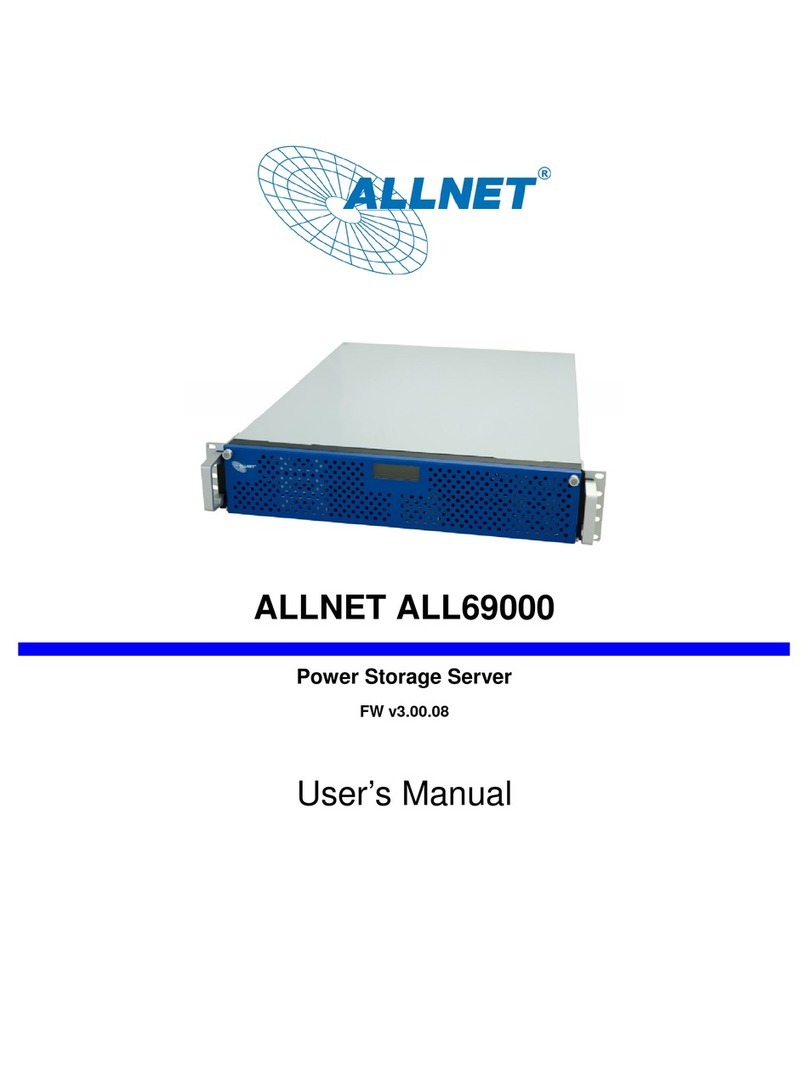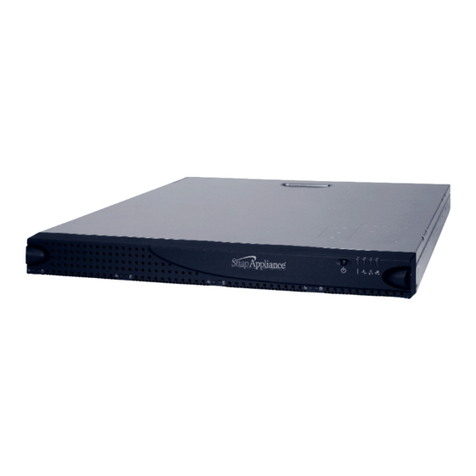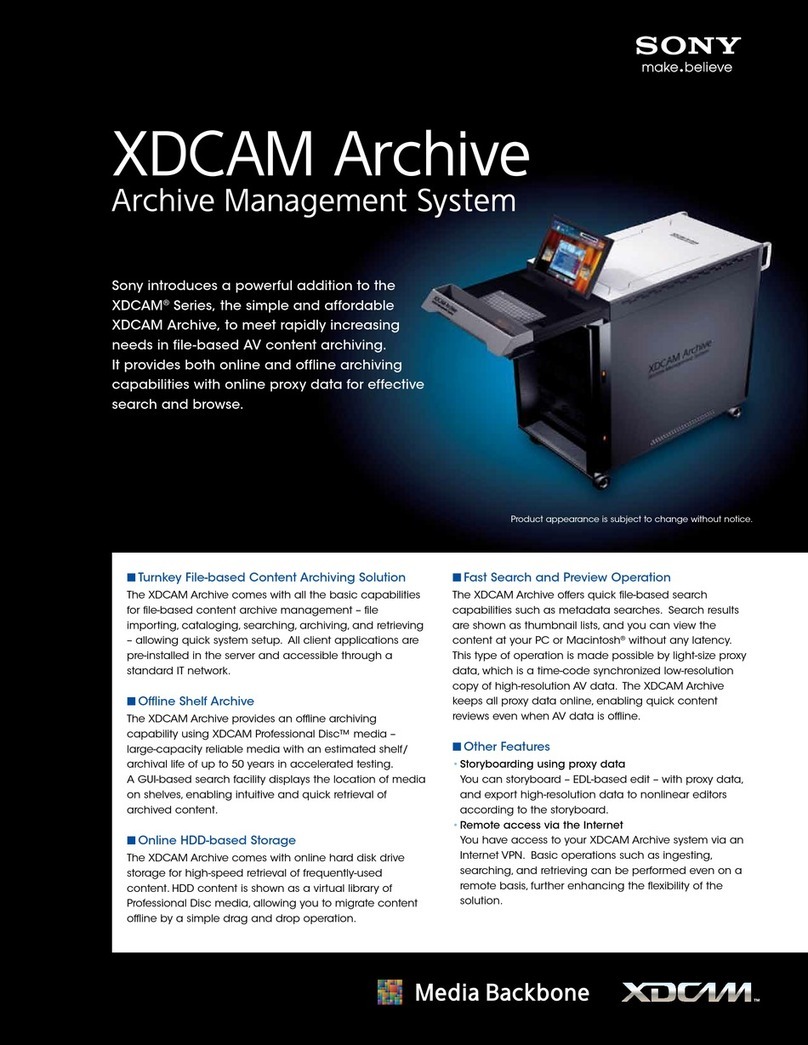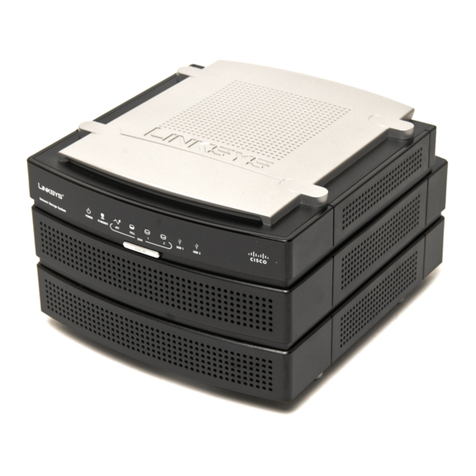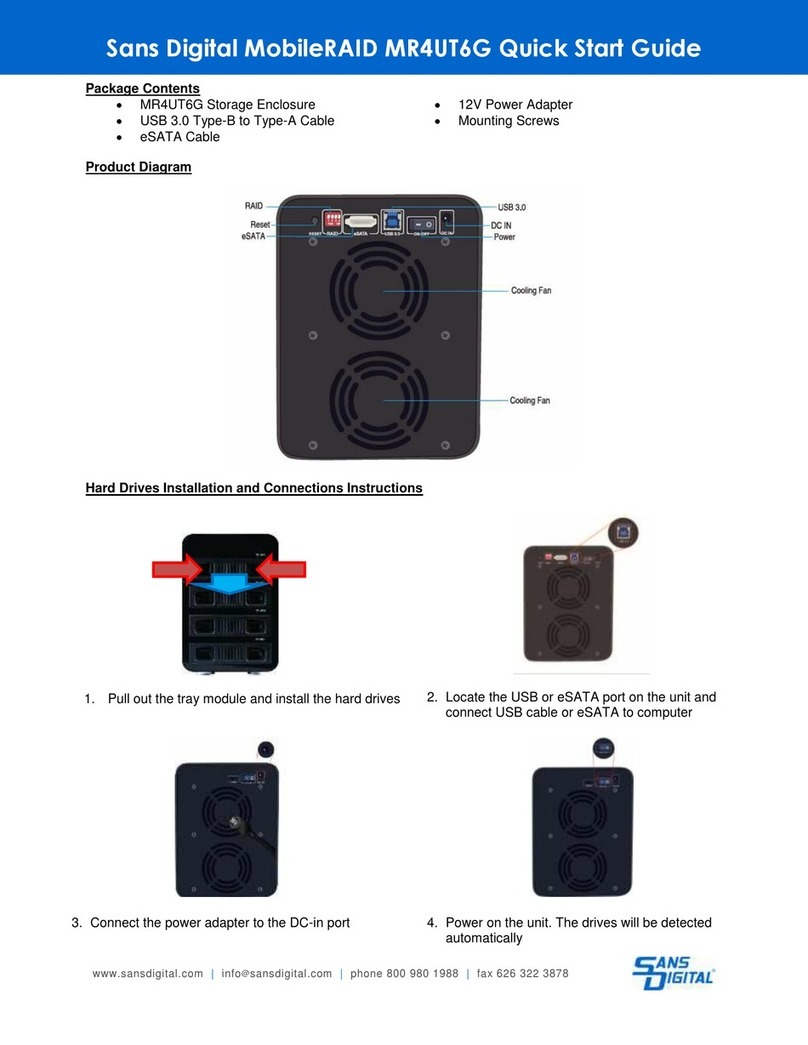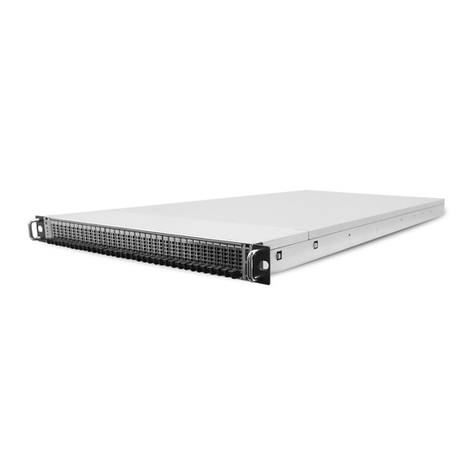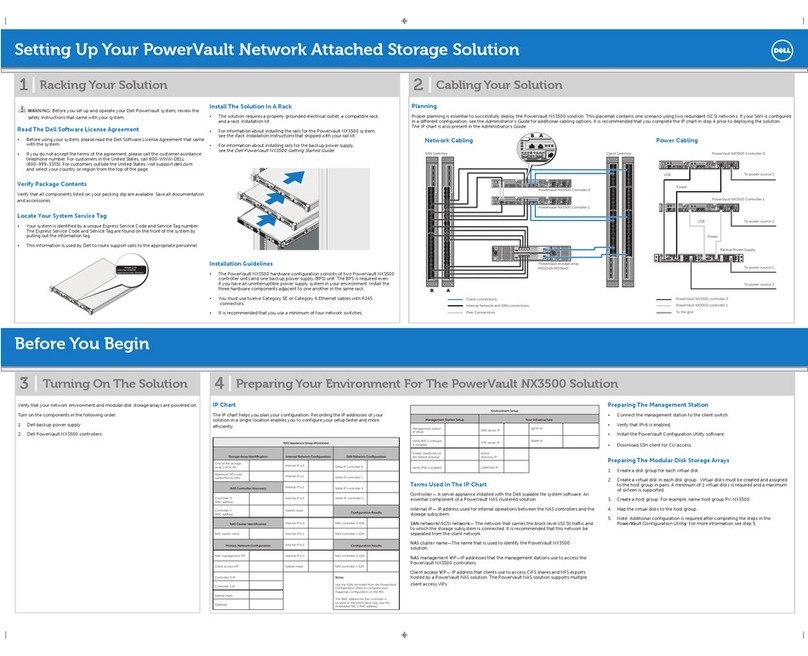FileStore Service Manual vi
2.8.3 Electrostatic discharge 58
2.9 Environment 58
2.9.1 Operating 58
2.9.2 Storage and shipping 59
2.10 Operational lifetime 59
3. E01S Disassembly and Assembly 61
3.1 Disassembly procedure 61
Figure 1: Rear plastic removal 62
3.2 Assembly procedure 63
4. E01S Circuit description 65
4.1 The Central Processor 65
4.2 Random access memory (RAM) 65
4.3 Timing 65
4.3.1 The Real-Time Clock (RTC) 65
4.3.2 Figure 2: RTC Read/Write timing 66
4.4 Sequential Circuits 67
4.4.1 RAM Refresh 67
4.4.2 Memory read / write 68
4.4.3 ROM CONTROL 68
4.4.4 INTON/INTOFF 69
4.4.5 Econet Clock Generation 70
4.5 Battery backup 70
4.6 The Econet port 70
4.6.1 Econet module 70
4.6.2 Econet clock and active terminator 70
4.7 The disc interface 70
4.8 The printer /VIA circuitry 71
4.9 The FileStore expansion bus and E40S/E60S interface 71
4.9.1 Buffering 72
4.9.2 Termination 72
4.10 Main signal paths 72
4.10.1 Data bus 72
4.10.2 Address bus 72
4.10.3 Address decoding 72
4.10.4 Machine Operating System function calls 73
4.11 Link survey 75
5. E01S Fault finding 77
5.1 Power supply 77
5.2 Initialisation 80
5.3 Net link 80
5.4 Final checks 80
PART IV: FILESTORE E40S AND E60S 81
1. Introduction to the E40S and E60S 83
2. E40S/ E60S Specification 85
2.1 General specification 85
2.1.1 Hardware components 85
2.1.2 Software components 85
2.2 Physical 85
2.2.1 E40S and E60S units 85
2.2.2 E40S/E60S packaging 85
2.3 Operation 85
2.3.1 Controls 86
2.3.2 Indicators 86
2.4 Expansion input/output ports 86
